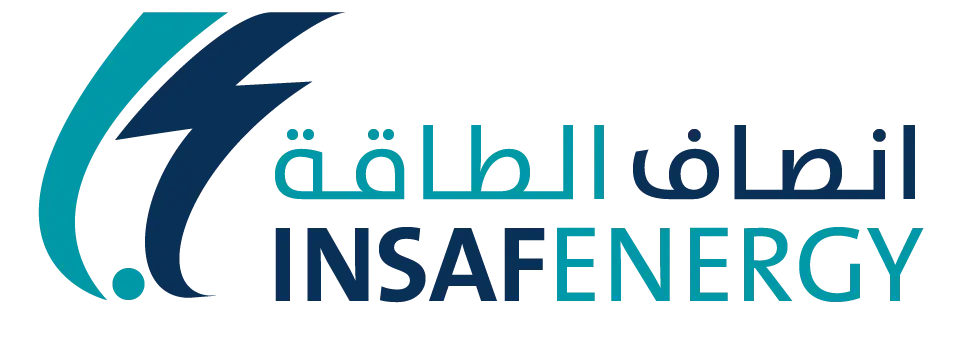Introduction
Companies across Saudi Arabian industries including construction and manufacturing need to evaluate thoroughly the purchase versus rental decision for their equipment. The industrial growth of Saudi Arabia supports many large-scale operations that demand quality machinery but selecting leasing or ownership depends on business objectives and financial requirements.
This article studies how Saudi companies should choose between renting and buying equipment in Saudi Arabia through financial and operational evaluations. This guide presents both cost analyses and equipment ownership aspects so Saudi Arabia companies can decide if renting or buying machinery is best for their business needs.
Understanding Equipment Rental vs. Buying in Saudi Arabia
The fast-evolving industries of Saudi Arabia generate high demand for heavy machinery through projects such as NEOM and Riyadh Metro as well as Vision 2030. Companies need to examine both the renting and buying options because their individual requirements determine which method produces the best outcome.

Cost Comparison of Renting vs. Buying Equipment in Saudi Arabia
The money-related aspects form an essential part of making this rental or purchase decision. This table shows how finances work for equipment usage options
Upfront Investment:
- Purchasing new equipment uses much capital when startups first start operations.
- When a business rents equipment they pay small initial costs that work for their budget restrictions.
Operational Costs:
- Buying: Includes maintenance, insurance, storage, and depreciation costs.
- Rental charges include insurance and maintenance for equipment which means you avoid spending funds on these services.
Depreciation Factor:
- Equipment that you buy turns worthless with age and decreases its resale market value.
- When companies rent equipment the owner handles depreciation costs.
Cash Flow & Financing:
- Purchasing expensive capital equipment lowers the amount of money available for daily needs.
- Operating expense status lets you maintain financial flexibility through renting approaches.
Pros and Cons of Equipment Rental in Saudi Arabia
Pros of Renting Equipment:
Renting equipment saves money at start-up and provides flexibility in rental terms. It also reduces maintenance work and includes free maintenance adjustments with regular technology upgrades. Tax regulations allow businesses to deduct rental payments from expenses.
Cons of Renting Equipment:
The long-term cost of renting equipment will usually be more than buying it and there is limited inventory available during busy times. Additionally, specific project needs cannot be met through rental equipment.
Long-Term vs. Short-Term Equipment Ownership Benefits
When to Buy Equipment:
- You should buy the equipment if you use it often for multiple projects at once.
- You should purchase the equipment when your rental payments throughout time add up to more than buying it.
- When custom modifications are required.
- Decide to buy because equipment has resale possibilities or can be traded in.
When to Rent Equipment:
- For short-term or seasonal projects.
- Specialized resources need rental where projects use them infrequently.
- The decision depends on whether storage and upkeep expenses will be difficult to manage.
- Our goal is to maintain company cash available.
Heavy Equipment Rental Market in Saudi Arabia
There has been rapid expansion in Saudi Arabian rental services because of large construction projects. The leading rental firms have a complete lineup of equipment for rent including:
- Excavators, Cranes, Bulldozers, and Loaders for construction.
- Generators, Compressors, and Welding Machines for industrial applications.
- Scissor Lifts and Boom Lifts for specialized work at heights.
The leading equipment rental businesses in Saudi Arabia are Zahid Tractor, Al Faris, Byrne Equipment Rental, and Hanco Rent a Car & Equipment Rental.
Business Savings with Equipment Leasing in Saudi Arabia
You can choose leasing as another way to use equipment instead of buying it or using short-term rentals. The program provides fixed payments during the leasing period as the lessee can gain ownership by the term end.
Benefits of Equipment Leasing:
Lease payments cost less than loan payments plus customers get lease terms that fix budgets. They also gain potential ownership rights and deduct lease costs from their taxes.
Tax Benefits of Renting vs. Buying Machinery
Tax Benefits of Renting Equipment:
- Equipment rentals count as operating costs that help lower your annual taxes.
- The company does not need to determine useful life or residual values for its assets.
Tax Benefits of Buying Equipment:
- Depreciation can be deducted annually.
- Potential VAT refunds on equipment purchases.
- Eligibility for government incentives or rebates.
A professional tax advisor in Saudi Arabia assists businesses in finding every available tax benefit.
Industrial Equipment Financing Options in Saudi Arabia
Several financial options exist for companies that want to own their equipment but need outside funds.
1. Bank Loans
- SNB and several other local bank subsidiaries including Riyad Bank and Al Rajhi Bank offer this service.
- Fixed or variable interest rates.
- The business needs to provide security and shows a good credit history to secure this option.
2. Equipment Leasing Programs
- Available through manufacturers and financial institutions.
- You pay less upfront while the equipment gradually turns into your property.
3. Government-Supported Financing
- Programs under Saudi Industrial Development Fund (SIDF).
- Interest-free or subsidized loans for industrial expansion.
4. Vendor Financing
- Direct financing from equipment manufacturers.
- The program lets users access funds with easier terms such as lower rates and extended settlement choices.
Conclusion: Equipment Rental vs Buying
- When conducting quick jobs or working without a large budget renting makes the most sense.
- When investing in equipment for a long period and using it regularly buying becomes the more economical option.
- If you want freedom to use assets without ownership then working with leasing is best.
Businesses need to look at purchase costs as well as product usage habits, tax implications, and different ways to fund the deal when choosing between rent or ownership. Organizations can boost equipment purchasing results and business income when they examine project demands and funding plans accurately.

